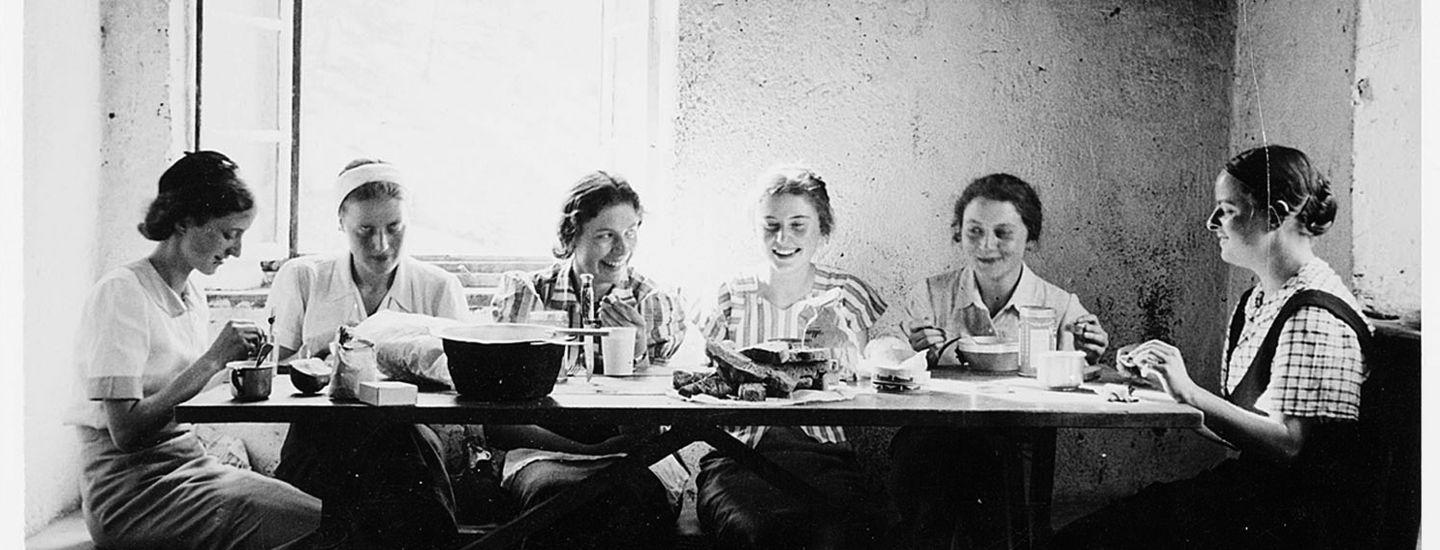1930 to 1938: Economic crisis, spiritual national defence, fascism
The 1930s are characterised by unemployment, fear of war and spiritual national defence. Nevertheless, the youth hostels expand their network and defy the economic realities, sometimes thanks to a huge amount of luck, sometimes thanks to great courage.


Share this page